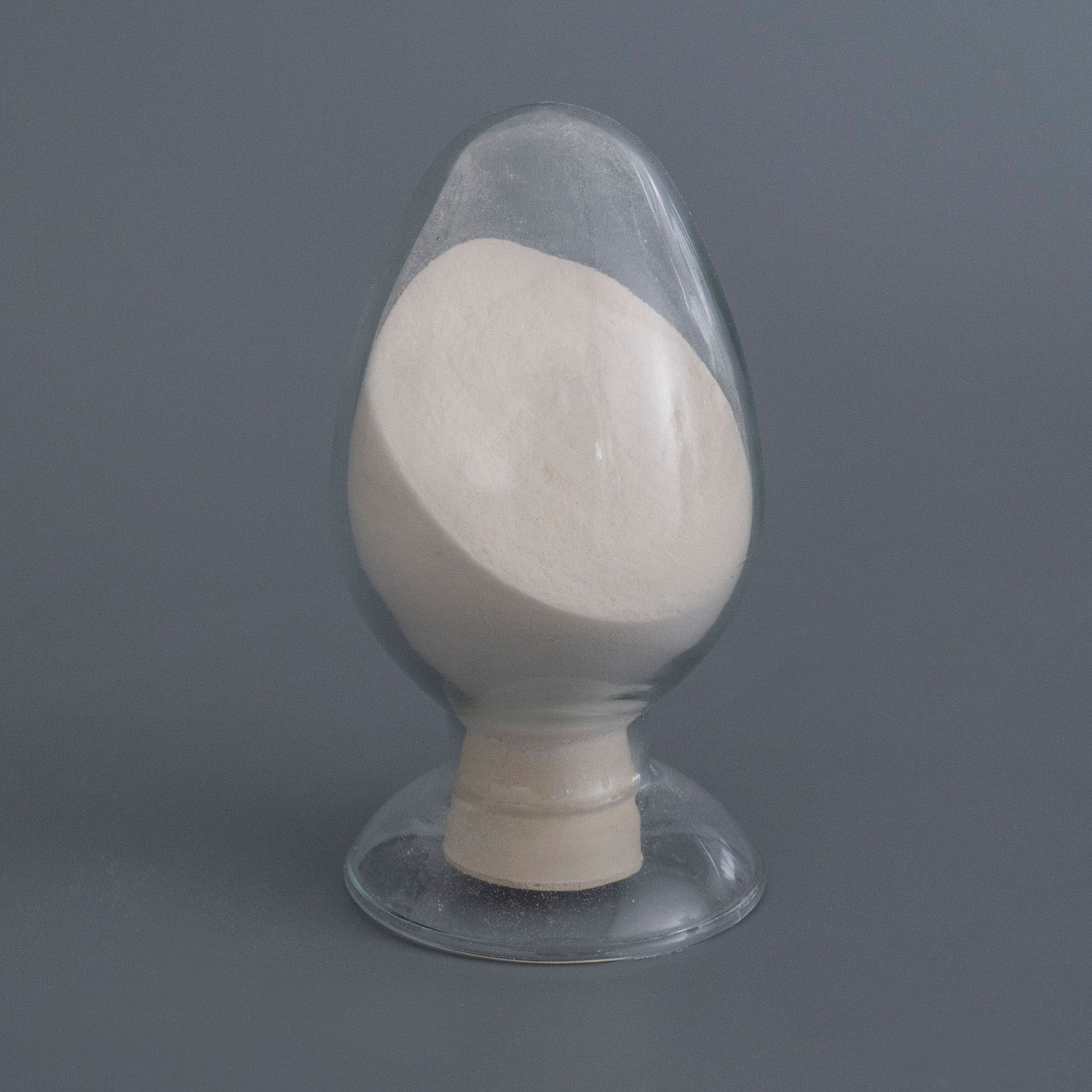CMC, or Carboxymethyl Cellulose, serves as a vital additive in various industrial processes, particularly in ceramic production. In the realm of glaze slurry formulation, CMC plays a pivotal role, offering a multitude of benefits that contribute to the overall quality and performance of the glazing process.
1. Improved Rheological Properties: CMC functions as a viscosity modifier, enhancing the rheological properties of glaze slurries. By carefully controlling the viscosity, CMC ensures optimal flow characteristics, facilitating smooth and uniform application onto ceramic surfaces. This results in enhanced coverage and minimized defects, ultimately improving the aesthetic appeal of the finished product.
2. Enhanced Suspension Stability: One of the key challenges in glaze formulation is maintaining the stability of solid particles in the slurry. Here, CMC excels by acting as a stabilizer, preventing sedimentation and agglomeration of particles. This ensures uniform dispersion of glaze components, thereby improving consistency and reducing the need for frequent agitation during application.
3. Adhesion Promotion: CMC exhibits excellent adhesive properties, promoting strong adhesion between the glaze and ceramic substrate. This not only enhances bonding strength but also minimizes issues such as crawling and pinholing, which are common concerns in ceramic glazing. As a result, CMC helps achieve a flawless finish and enhances the overall durability of the glazed surface.
4. Water Retention and Green Strength: Another notable benefit of CMC is its ability to retain water within the glaze slurry, thereby maintaining optimal moisture levels during application and drying. This characteristic not only prevents premature drying but also improves the green strength of the glaze layer, reducing the risk of cracking or deformation before firing.
5. Environmental Considerations: Beyond its technical advantages, CMC is also preferred for its environmental compatibility. As a biodegradable and non-toxic polymer, CMC aligns with sustainability goals and regulatory requirements, making it a preferred choice for eco-conscious manufacturers.
In conclusion, CMC emerges as a versatile and indispensable component in glaze slurry formulation, offering a synergistic blend of rheological control, stability enhancement, adhesion promotion, and environmental sustainability. By leveraging the unique properties of CMC, ceramic manufacturers can achieve superior glazing results, elevating both the quality and market competitiveness of their products.
For further information on integrating CMC into your glaze formulation or sourcing high-quality CMC products, please contact us at Kingmax Cellulose. Our team of experts is dedicated to providing tailored solutions to meet your specific requirements and optimize your ceramic production processes.


